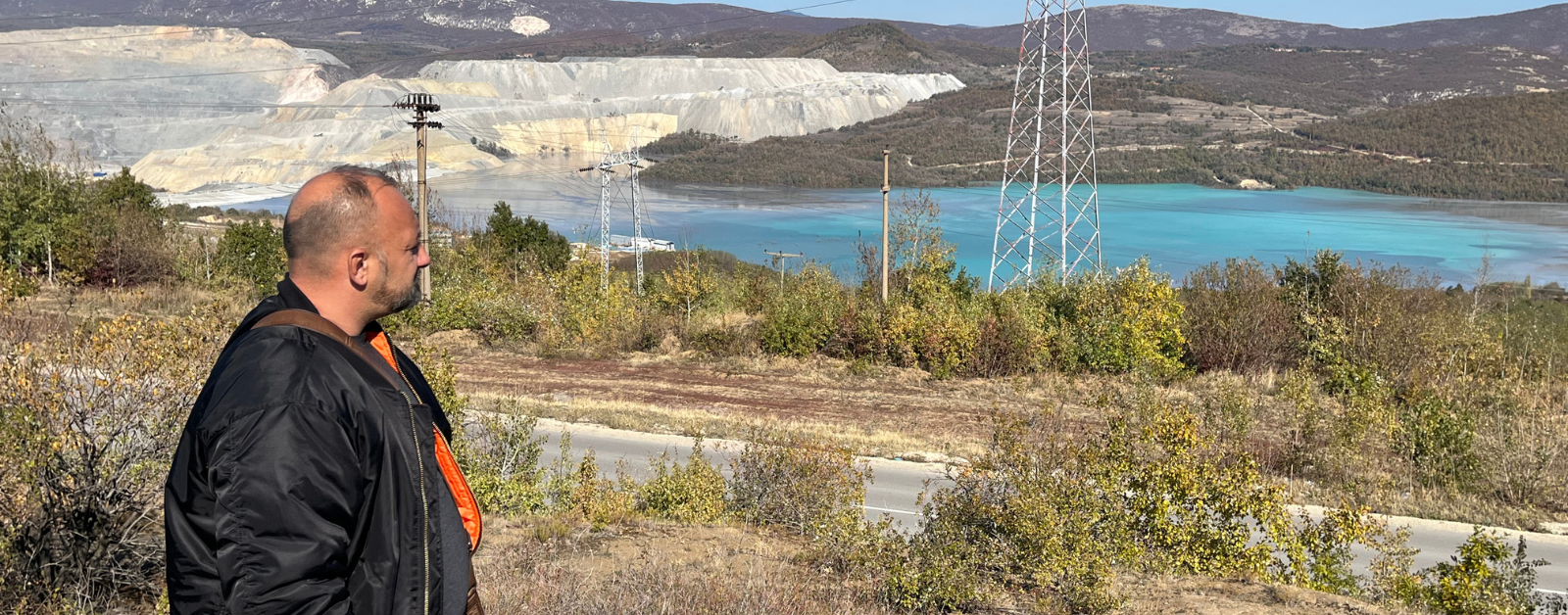Bor is home to about 28,000 Serbians. Mining infrastructure looms over the city and sprawls out into the nearby mountains: enormous mine waste storage facilities (waste rock and tailings dams), four massive open pits, smelters, processing plants and other infrastructure. The city of Bor has paid the price for this unchecked extraction with air pollution, water and soil contamination, extreme rates of illness, land disputes, and cultural impacts on ethnic minorities.
Mining in Eastern Serbia dates back over 7,000 years. It is one of the longest-running mining regions in Europe and the world. In 1961, two mines in the region, Majdanpek and Bor, were merged into RTB Bor, a state-owned company run by the socialist government until the 2000 democratic revolution. After 2000, with economic challenges and a widespread push for the privatization of national enterprises and assets, the Serbian government tried to sell the company unsuccessfully for 15 years. Finally, near the end of 2018, 63% of shares were sold to China-based Zijin Mining. It was Zijin’s first company in Serbia, and in the Balkans. The company was renamed Serbia Zijin Copper DOO, and it operates as the only producer of copper and precious metals in Serbia. Zijin also incorporated a second company, Serbia Zijin Mining, which is under their control 100%, which has built out more mining operations in the Bor region.
After taking control of mining operations in Bor, Zijin ramped up production. The company reports their combined production from Serbian Zijin Copper and Serbian Zijin Mining in 2024 as 450,000 metric tons per year of copper, up from 418,000 mt in 2023. This has skyrocketed compared to the 170,000 mt/y RT Bor produced at its height in the 1980s and the 40,000 mt/y it produced in the years directly before the sale to Zijin. The companies also produce equal, if not larger amounts of gold at these mines.
Communities in the region experience greatly decreased air quality, severe health impacts, contaminated water and crop land, and displacement.


